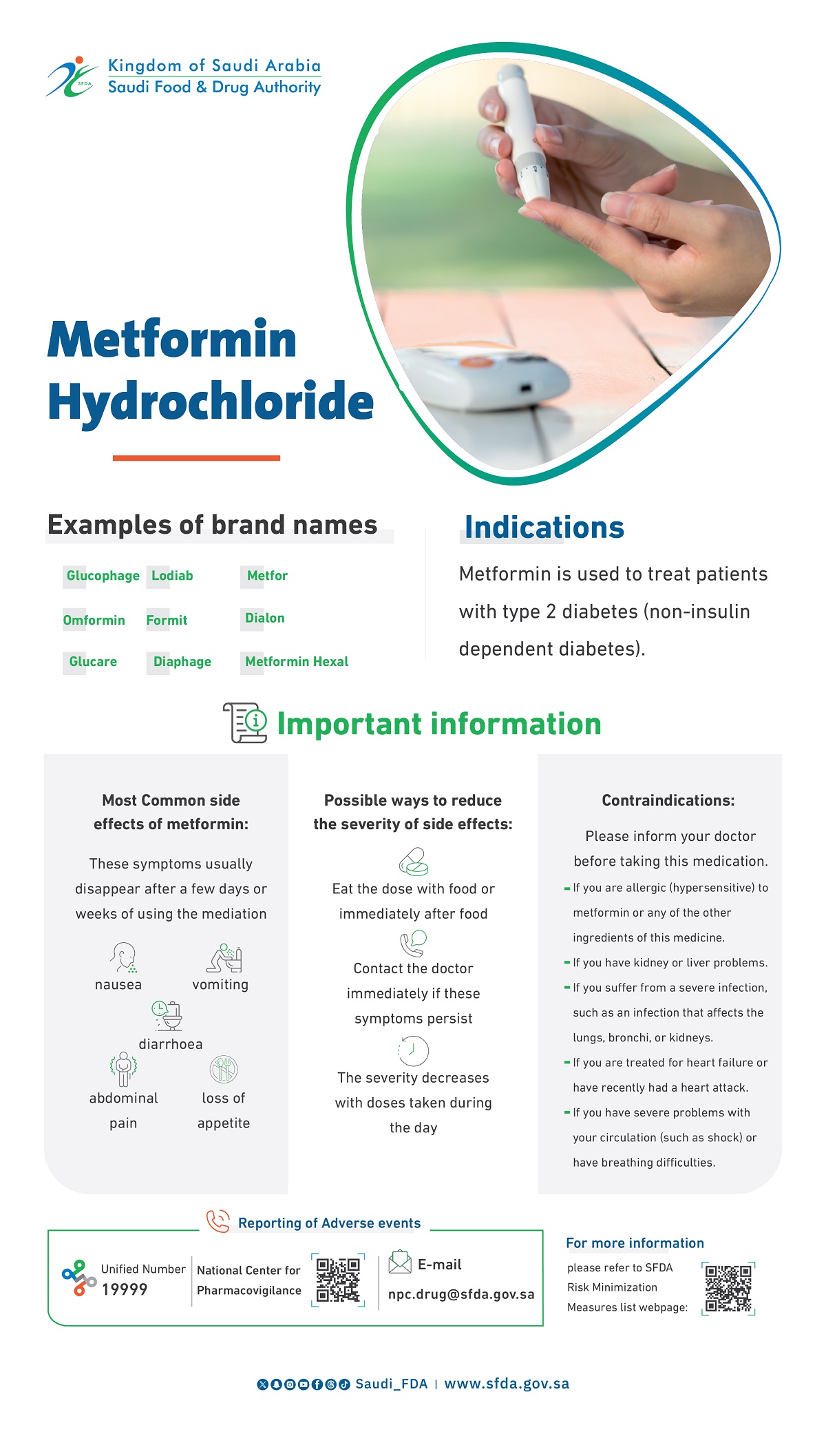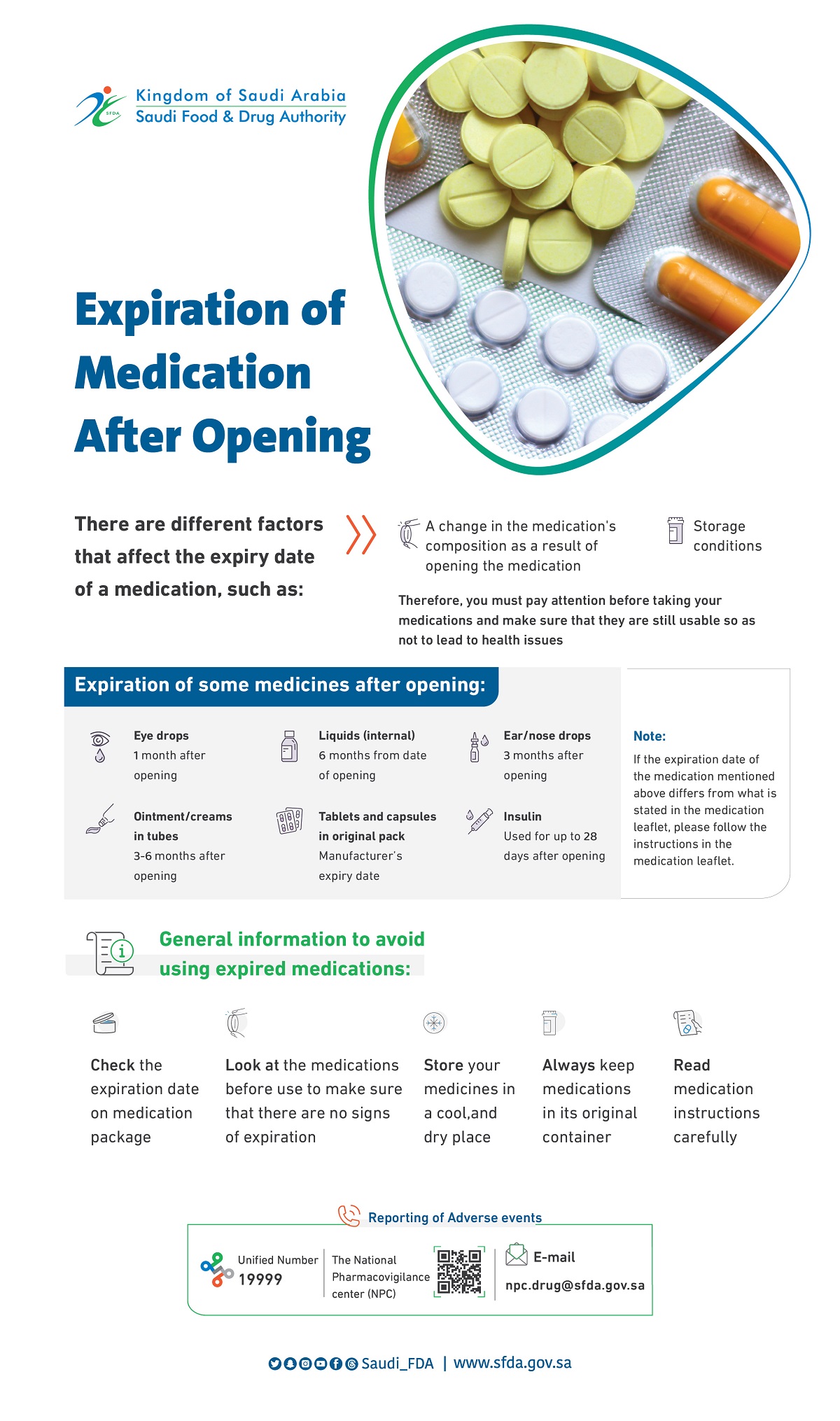
Comparative Effectiveness of Treatments to Prevent Fractures in Men and Women with Low Bone Density or Osteoporosis
Comparative Effectiveness of Treatments to Prevent Fractures in Men and Women with Low Bone Density or Osteoporosis
Comparative Effectiveness of Treatments to Prevent Fractures in Men and Women with Low Bone Density or Osteoporosis
2008-02-06
Although several agents are available to treat osteoporosis, the relative efficacy and toxicity of these agents when used to prevent fractures has not been well described.
The purpose of this review study was to compare the benefits in fracture reduction and the harms from adverse events of various therapies for osteoporosis.
Data used included MEDLINE (1966 to November 2007) and other selected databases were searched for English-language studies.
For the efficacy analysis, investigators selected studies that reported the rate of or risk for fractures. For the adverse event analysis, they selected studies that reported the relationship between an agent and cardiovascular, thromboembolic, or upper gastrointestinal events; malignant conditions; and Osteonecrosis.
Using a standardized protocol, investigators abstracted data on fractures and adverse events, agents and comparators, study design, and variables of methodological quality.
Good evidence suggests that Alendronate, Etidronate, Ibandronate, Risedronate, Zoledronic acid, Estrogen, Parathyroid hormone and Raloxifene prevent vertebral fractures more than placebo; the evidence for Calcitonin was fair. Good evidence suggests that Alendronate, Risedronate, and estrogen prevent hip fractures more than placebo; the evidence for Zoledronic acid was fair. The effects of vitamin D varied with dose, analogue, and study population for both vertebral and hip fractures. Raloxifene, estrogen, and estrogen–progestin increased the risk for thromboembolic events, and Etidronate increased the risk for esophageal ulcerations and gastrointestinal perforations, ulcerations, and bleeding.
Few studies have directly compared different agents or classes of agents used to treat osteoporosis.
Although good evidence suggests that many agents are effective in preventing osteoporotic fractures, the data are insufficient to determine the relative efficacy or safety of these agents.
Source: Annals of Internal Medicine, Volume 148 Issue 3; 197-213





